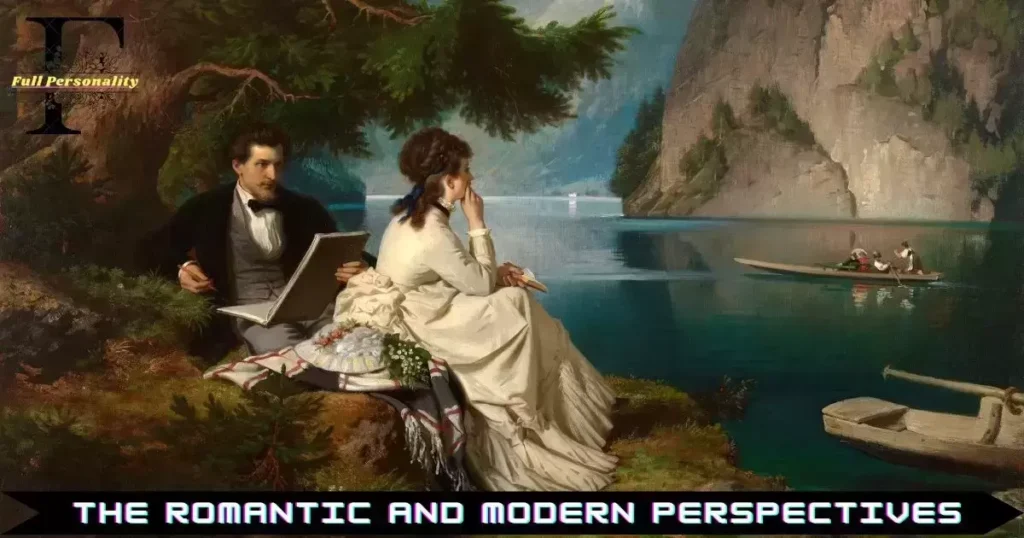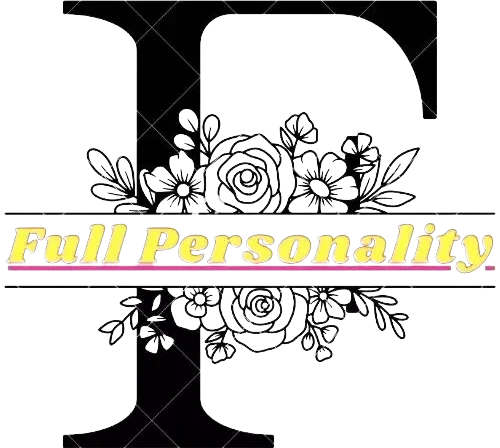Angelic imagery has held a significant place in art history, evolving dramatically from its early religious roots to more humanized and emotional portrayals. These celestial beings, often depicted as messengers of the divine, have been interpreted through various artistic lenses, reflecting cultural shifts and theological perspectives over centuries.
This article explores the evolution of angelic depictions in art, tracing their journey from early iconography to Alexandre Cabanel’s evocative and humanized representation.
Early Religious Iconography
In the earliest stages of Christian art, angels were depicted with a clear focus on their divine nature and heavenly duties. Byzantine art, which flourished from the 4th to the 15th century, is renowned for its religious iconography.
Angels in Byzantine mosaics and icons were typically rendered as stern, majestic figures with elaborate wings, and haloed heads, and often dressed in ornate, flowing robes. Their portrayal was more symbolic than literal, emphasizing their otherworldly essence and their role as intermediaries between God and humanity.
For example, the mosaics of the Hagia Sophia in Istanbul feature angels with solemn expressions and formal postures, reinforcing the spiritual authority of the divine. The emphasis was on conveying theological concepts rather than individual characteristics or emotions. These early depictions served as visual theology, instructing the faithful in the mysteries of the divine order and the celestial hierarchy.
The Renaissance Transformation
The Renaissance period marked a significant transformation in the depiction of angels, driven by a renewed interest in humanism and naturalism. Artists such as Raphael, Michelangelo, and Leonardo da Vinci began to infuse their angelic figures with a greater sense of realism and human emotion. This shift mirrored the broader Renaissance trend of exploring the human experience and the natural world.
Raphael’s “Sistine Madonna” (1512) is a quintessential example of this evolution. The cherubic angels at the bottom of the painting are imbued with childlike innocence and curiosity, capturing a more accessible and relatable image of the divine.
Similarly, in Leonardo’s “Annunciation” (1472-1475), the angel Gabriel is depicted with delicate, almost ethereal beauty, yet with a palpable sense of presence and grace.
This period also saw a diversification in the representation of angels, reflecting a variety of roles and characteristics. Angels were no longer just messengers but also protectors, warriors, and guides, each with distinct attributes and a more pronounced individuality. The Renaissance artists’ emphasis on anatomical precision and expressive detail allowed for more nuanced and humanized portrayals of these celestial beings.
Baroque Drama and Emotion
The Baroque era, spanning the 17th century, further intensified the emotional and dramatic portrayal of angels. Baroque art is characterized by its dynamic compositions, dramatic lighting, and intense emotional expression, and angels were no exception to this stylistic approach.
Gian Lorenzo Bernini’s sculpture “The Ecstasy of Saint Teresa” (1647-1652) captures a pivotal moment of divine intervention with profound emotional intensity. The angel in this work is depicted with a tender, almost sensual expression, reflecting the era’s fascination with the interplay between the divine and the human experience.
The use of light and shadow, along with the intricate detailing of the angel’s wings and robes, heightens the sense of drama and transcendence.
Baroque painters such as Peter Paul Rubens and Caravaggio also contributed to the evolution of angelic imagery, presenting angels as powerful, dynamic figures caught in moments of dramatic action.
You may want to Read: Showbizztoday.Com Entertainment Lifestyle Music Fashion
Rubens’ “The Fall of the Rebel Angels” (1620) showcases a chaotic battle scene filled with muscular, forceful angels engaged in a cosmic struggle, highlighting the era’s penchant for grand, theatrical narratives.
The Romantic and Modern Perspectives

The Romantic period of the late 18th and early 19th centuries brought a shift towards introspection and individual emotion in art. Angels were often depicted in a more sentimental and ethereal manner, reflecting the Romantic fascination with the sublime and the transcendental.
One of the most iconic representations from this period is William Blake’s series of watercolors and engravings. Blake’s angels are ethereal, dreamlike figures that embody his mystical and visionary approach to art. His works convey a sense of spiritual yearning and personal revelation, aligning with the Romantic emphasis on individual experience and emotional depth.
You may want to Read: Fashion Step By Step
A significant development in the portrayal of angels came with Alexandre Cabanel’s painting, “The Fallen Angel” (1847). This work stands out for its strikingly humanized and emotional depiction of a fallen angel.
The angel’s expression of sorrow and introspection, combined with a sensuous, almost classical beauty, marks a departure from the more traditional, idealized representations. Cabanel’s angel is not merely a symbol of divine retribution but a figure of profound emotional complexity, reflecting the Romantic era’s exploration of human emotion and existential struggle.
Contemporary Interpretations
In contemporary art, the depiction of angels continues to evolve, reflecting modern sensibilities and diverse cultural influences. Artists like Anselm Kiefer and Bill Viola have reinterpreted angelic imagery in innovative ways, often blending traditional iconography with contemporary themes and techniques.
Kiefer’s works, for instance, often feature angels as symbolic figures within larger explorations of history, memory, and spirituality. His use of mixed media and textured surfaces creates a sense of depth and complexity, inviting viewers to engage with the multifaceted nature of the divine and the human experience.
Bill Viola’s video installations, such as “The Messenger” (1996), employ slow motion and rich, immersive visuals to evoke a contemplative, almost meditative atmosphere. Viola’s angels are less defined by traditional religious iconography and more by their role as mediators of spiritual experience, resonating with contemporary explorations of consciousness and transcendence.
Conclusion
The evolution of angelic imagery in art reflects a dynamic interplay between theological doctrine, cultural shifts, and artistic innovation. From the solemn, symbolic figures of Byzantine iconography to the humanized, emotional portrayals of the Renaissance and beyond, angels have served as powerful symbols of the divine-human connection.
Cabanel’s “Fallen Angel” painting exemplifies this ongoing transformation, capturing the deep emotional resonance and existential complexity that continue to inspire artists and viewers alike. Through the centuries, angels in art have evolved from distant, otherworldly messengers to intimate, emotionally rich figures, embodying the ever-changing human quest to understand and depict the divine.
Hello, I’m Rizwan Ullah, the founder of Full Personality. With a background in SEO and three years of experience, I’ve always been fascinated by the ever-changing world of blogging. Full Personality is my platform to delve into the future of blogging. When not exploring tech trends, I focus on SEO and SERPs. I believe in building a community that shares ideas and stays ahead in innovation. Join me on this exciting journey!

